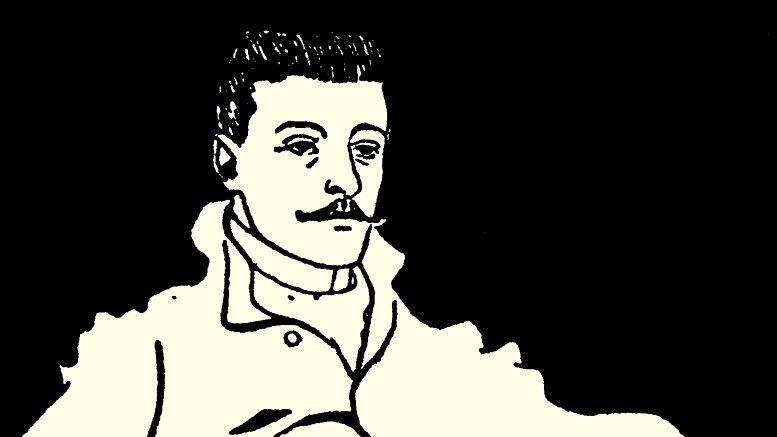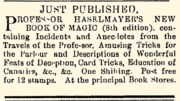In the late 19th century there was huge momentum in all areas of society, and many women made it very clear that they wished to be treated equally. The art world changed in many respects as well – even a few years’ age difference made a difference. This is evident in a comparison of the careers of Bertha Czegka, born in 1880, and the slightly older artists Johanna Meier-Michel and Stephanie Glax, who were both born four years earlier. Art curator Gudrun Danzer wrote the following analysis of the differing opportunities for women artists due to the difference in their age:
“It was the generation born around 1850 for whom it first became possible and conceivable to earn their living from their own artistic activity. For those born post-1880, the emancipation process gradually took effect, bringing women artists at the beginning of and up to the middle of the 20th century increasing public recognition.”[1]
Even at a young age, Bertha (also often Berta) Czegka was especially aware of how to exploit the opportunities open to her despite the unfavourable circumstances, and was later able to lead an autonomous life as an applied graphic designer. Born on 30 July 1880 in Feldkirch, Vorarlberg, after a year’s initial training at Zeichenschule Patek (drawing school) in the Wiener Frauen-Erwerb-Verein (Vienna Women’s Acquisition Association), she studied with Carl Karger and Andreas Groll at Vienna’s Kunstgewerbeschule from 1897 to 1902 and then continued her training in Munich and London.
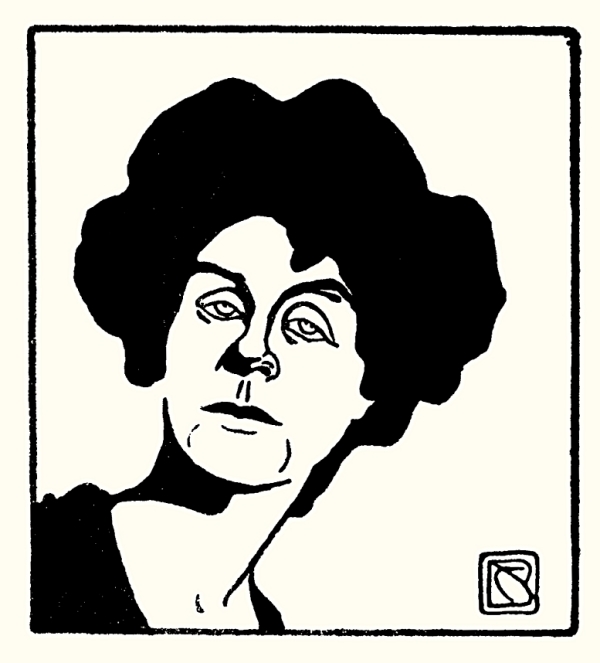
Bertha Czegka, caricature of the author Berta Zuckerkandl, 1902
The ladies’ ball gift designed by her for the Kunstgewerbeschule Ball – “Schwarz auf Weiß. Wiener Autoren den Wiener Kunstgewerbeschülern zu ihrem Feste am 6. Februar 1902” (Black on white. From Viennese authors for students at Vienna’s School of Arts and Crafts on the occasion of their celebrations on 6 February 1902) – meant that Bertha Czegka became a famous name on Vienna’s art scene literally overnight. Among other reasons, the work contained caricatures by renowned Austrian writers Peter Altenberg, Hermann Bahr, Hugo von Hofmannsthal, Felix Salten and Arthur Schnitzler, which would soon become widely known. It was also a shrewd strategy on the part of the young artist to include humorous yet kind portraits of the most important Vienna art critics, such as Franz von Servaes, Ludwig Hevesi and Karl M. Kuzmany, for the anthology.
“Choose any person at all, look closely at them, consider them well in your mind, flip them over and back again several times, then leave them to rest until cool. Then you mix in a good helping of mischief, tip it all out onto a sheet of paper, and several strokes of the pen later you will have a caricature that is either successful or unsuccessful.”[2] This is how Bertha Czegka described her approach to creating a satirical drawing.
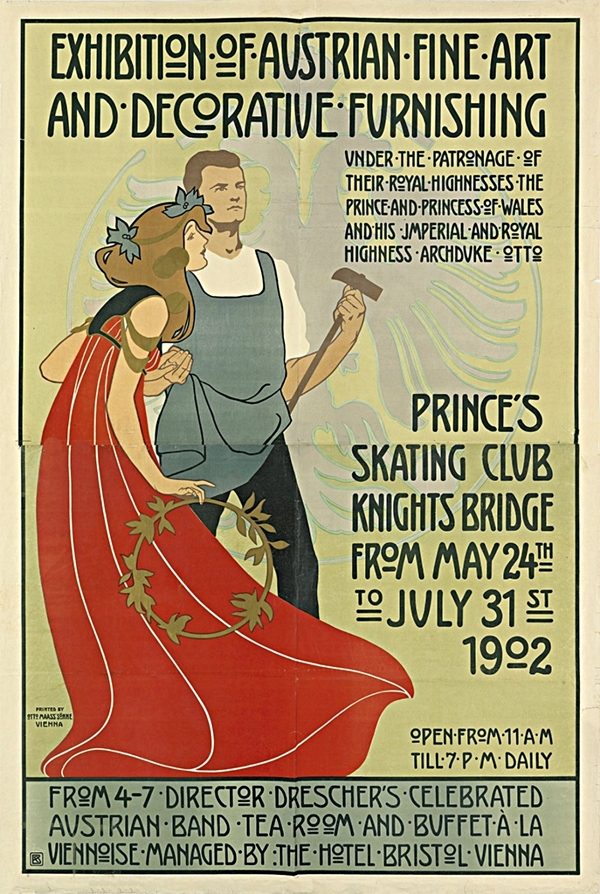
Bertha Czegka, poster, 1902
The year 1902 was highly successful for Czegka in other areas as well: for example, she took part in exhibitions at Vienna’s Dorotheum, and she also designed one of the posters in a highly detailed, contemporary style. The artist also created another very elegant affiche for the exhibition “Austrian Fine Art and Decorative Furnishing” which ran from May to July 1902 in the “Prince’s Skating Club” in Knightsbridge, London. These two works show that her contribution to poster art could have been all the greater if the circumstances experienced by women in their work had been even reasonably fair.
But despite these difficult conditions, Bertha Czegka found a fertile environment for her work in the area of newspaper illustrations: from 1904 onwards she worked for the publications “Österreichs Illustrierte Zeitung”, “Zeit”, “Illustriertes Sportblatt”, “Die Muskete” and “Der Liebe Augustin”. And her contributions were also published in Munich’s “Meggendorfer Blätter”.[3] In the First World War Czegka created series of picture postcards with caricatures of representatives from the powers opposing Austria-Hungary.
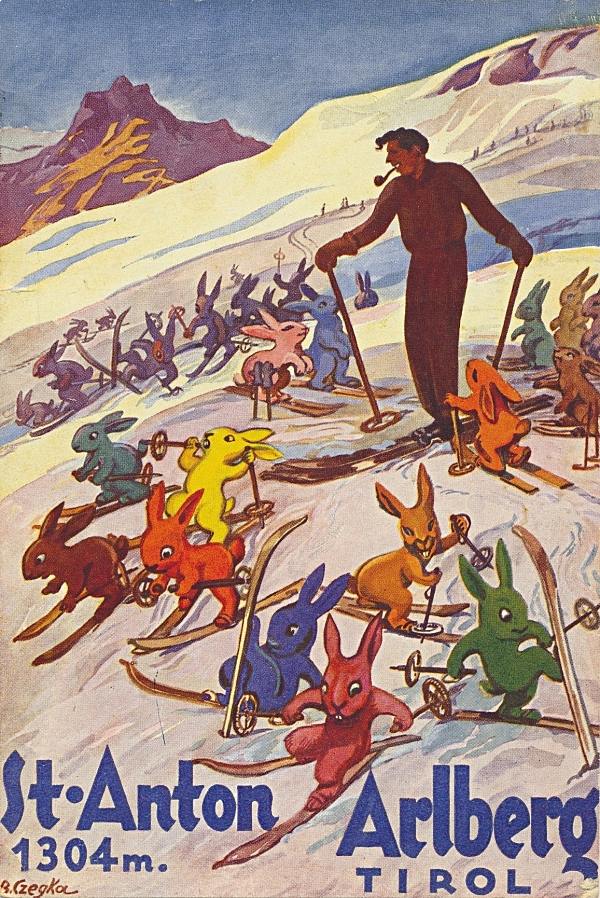
Bertha Czegka, poster, 1934
Bertha Czegka was a member of the “Vereinigung bildender Künstlerinnen” and played a very active role in their exhibitions. In the interwar period, she focused on illustrating books for children and schools besides her painting. One highlight among her later works was an Arlberg poster from the 1930s which showed the legendary ski pioneer Hannes Schneider teaching a group of “skiing rabbits” who were practising hard. Czegka herself was a passionate skier and joined the Austrian Ski Association in 1911.[4] Bertha Czegka lived in Vienna until 1944, then she moved to Tyrol and died on 4 November 1954 in Hall in Tyrol.
This text is part of the article: Bernhard Denscher, Women in early graphic design: Three perspectives, in: Denscher, Bernhard (Ed.): Viennese Posters. Art, Artists, Artwork. 1868–1938, Wolkersdorf 2022, p. 59ff.
Translation: Rosemary Bridger-Lippe
[1] Danzer, Gudrun: Ladies First! In: Danzer, Gudrun (ed.): Ladies First! Women Artists in and from Styria 1850–1950, Graz 2020, p. 12.
[2] Österreichs Illustrierte Zeitung, 30.12.1906, p. 315.
[3] Karolyi, Claudia – Alexandra Smetana: Aufbruch und Idylle. Exlibris österreichischer Künstlerinnen 1900–1945, Wien 2004, S. 62.
[4] Illustriertes Österreichisches Sportblatt, 4.12.1911, p. 10.
